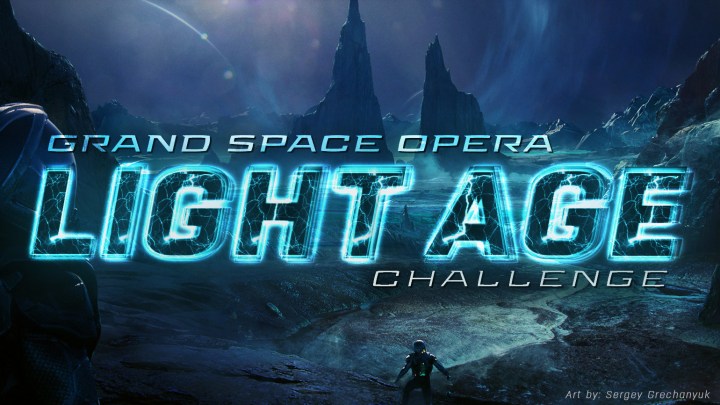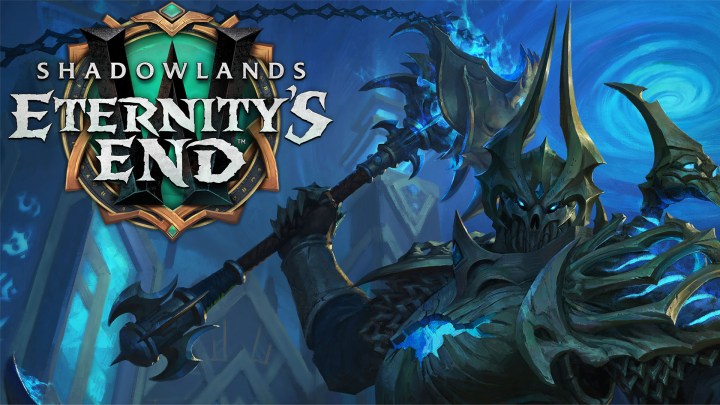Featured Pro Portfolio: Sheridan Doose
Sheridan Doose is a freelance Canadian Digital and Traditional Sculptor. His ArtStation Pro website using the vertical theme was a great choice to present his range of character sculpting.
Check out Sheridan’s ArtStation-powered website.
In this interview, he shares thoughts on his dearest project, most helpful training techniques and his approach of “recycling with a signature”.
 What was the most helpful training/practice that got you to the level you’re at today?
What was the most helpful training/practice that got you to the level you’re at today?
Tell us about one of your favorite projects/works.
Hrungnir Hammerheart is a piece that holds a special place to me. I like to think I’ve grown a lot since sculpting him, but it was a milestone for me. He was the character that I played in a brilliant Dungeons and Dragons campaign DMed by my good buddy, great artist and extraordinary mind, Josh Haberman. Sculpting for myself is something that I sometimes neglect for months at a time, but Hrungnir is a sculpt I managed to bring from concept to completion, digital sculpt to physical model kit. It was a great learning experience, molding and casting all these tiny parts, prepping them and packing them, and shipping them out to people around the world. I made so many mistakes along the way, and I learned a ridiculous amount. It was just a really rewarding experience that I want to get back into, getting personal work out there.
 What kind of work stands out to you most?
What kind of work stands out to you most?
 What is the best piece of art advice you’ve ever received?
What is the best piece of art advice you’ve ever received?
I’ve received a gross amount of fantastic art advice from a massive range of great artists, so it’s hard to hone in on something specific, but I think the piece of advice that I’ve gotten the most out of is also just a solid way of looking at the world: treat everything as reference and add it to your mental library. As artists, we are responsible for taking in the world around us, processing it, and putting it back out. Recycling with a signature. Being thoughtful about our environments, dialing in and out and taking mental snapshots to nuance, compartmentalize and draw from makes for art that is more appealing and more accessible because it’s grounded in our reality. It also makes for more emotional and personal art, because the things that effect us seem to stick.
When you take on the task of character art, you have to also take on the roles of so much more… You have to become an anatomist, a clothing designer, a blacksmith, a psychologist, a historian. Look closely at your facial expressions in the mirror, at the stitching on your coat, at the moldy cantaloupe on your counter top, watch the way people move. Become an observer. Google everything.
 See more of Sheridan’s work on his portfolio website. To learn more about ArtStation Pro websites, click here.
See more of Sheridan’s work on his portfolio website. To learn more about ArtStation Pro websites, click here.























